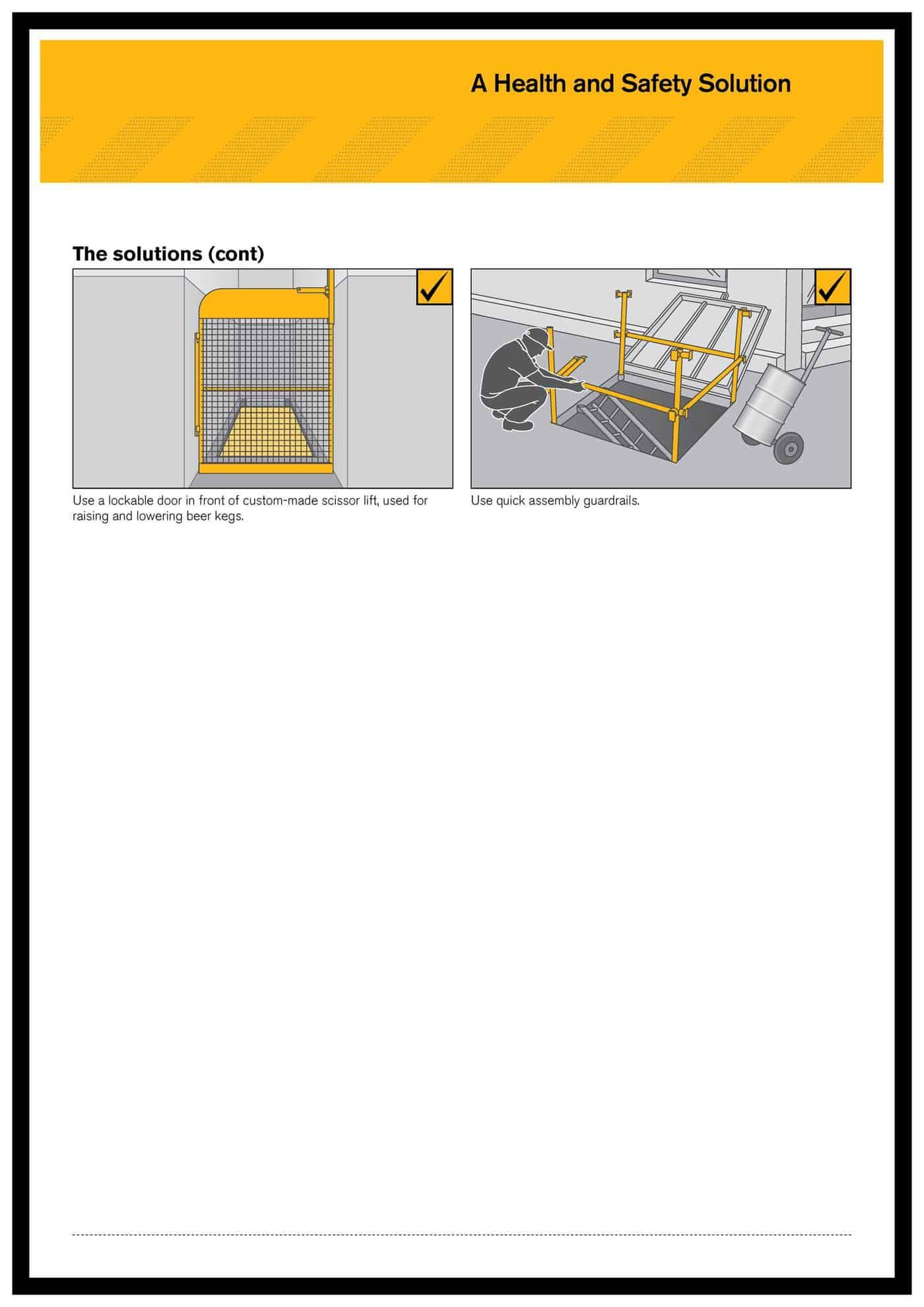Rarely have workplace fatalities gained as much political attention as the current spate of deaths in Western Australia. Most have related to the iron ore operations of BHP Billiton but, according to one media report, on 8 August 2009
“New Zealander Daniel Williams, 26, died … at the Kanowna Belle mine site near Kalgoorlie, operated by Barrick Gold, after falling from an iron ore path into a hole.”
The media report clearly indicates that there are wider issues in the enforcement of OHS in that State other than just the operations of Barrick Gold.
Not surprisingly the unions are calling for a broader inquiry into safety of the industry.
SafetyAtWorkBlog has heard that Daniel Williams fell over 30 metres while checking a blockage in an ore pass grizzly shortly after midnight. Perhaps, this should be considered an example of a fall from height moreso than a mining death.
Barrick Gold has been contacted for any additional information


